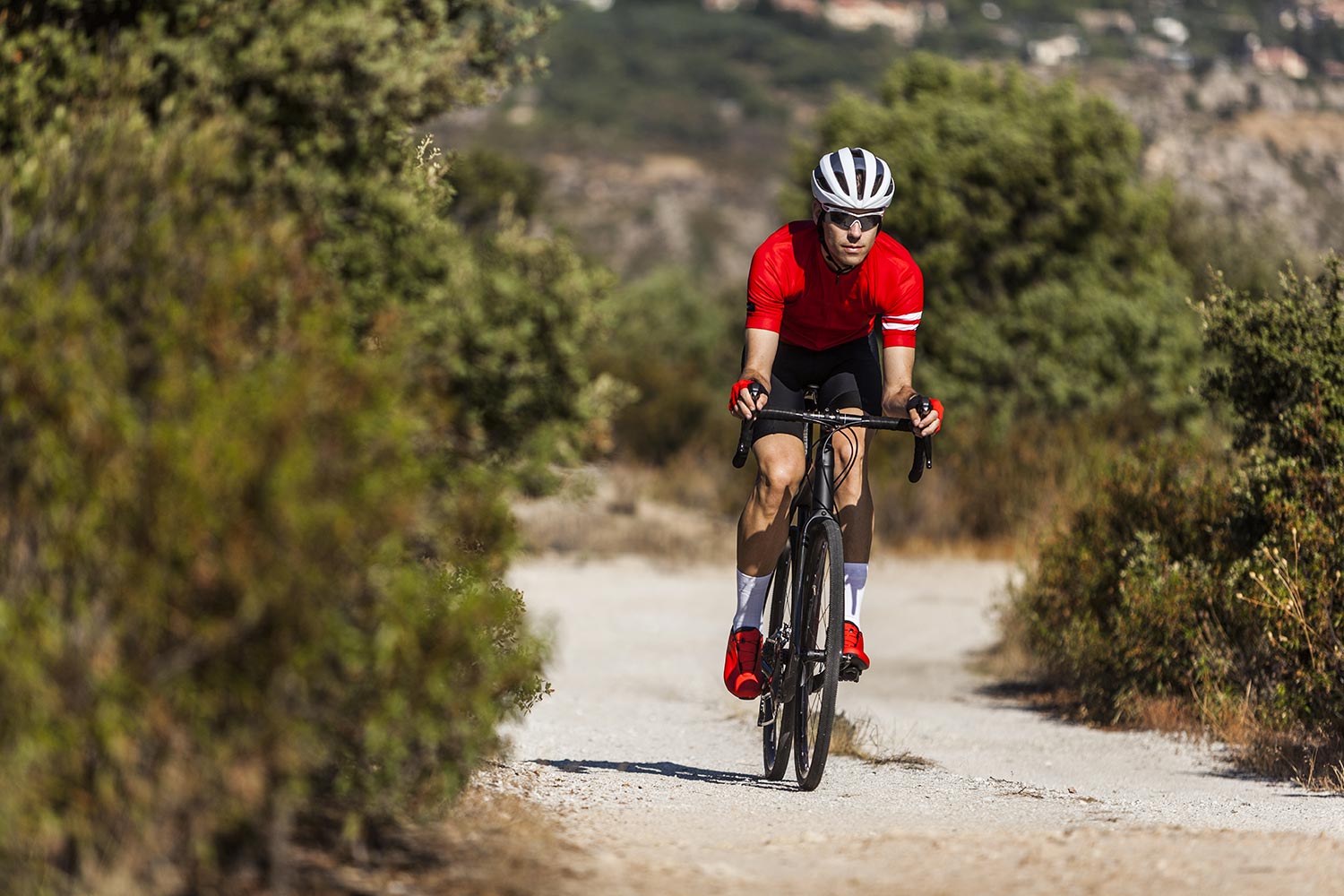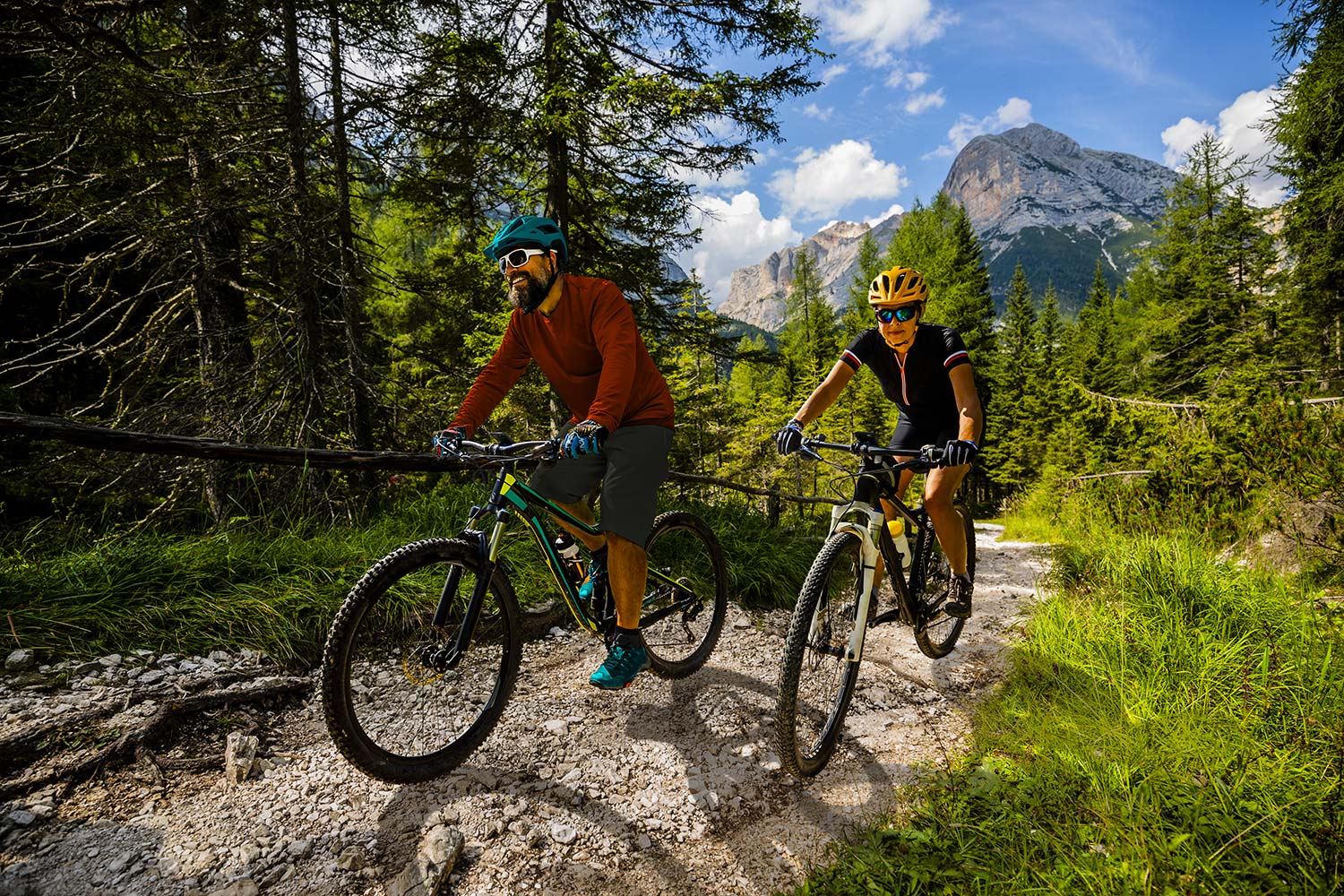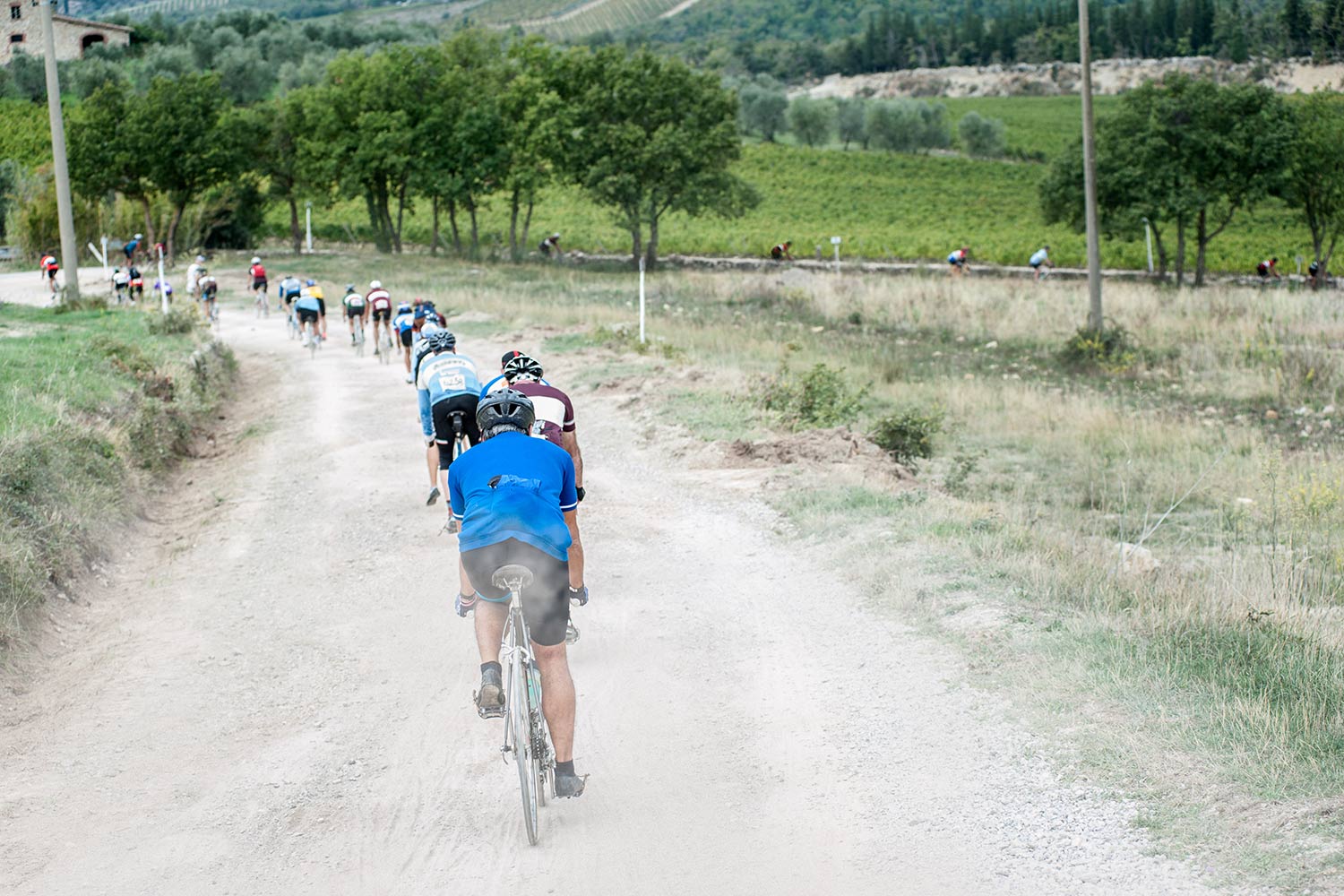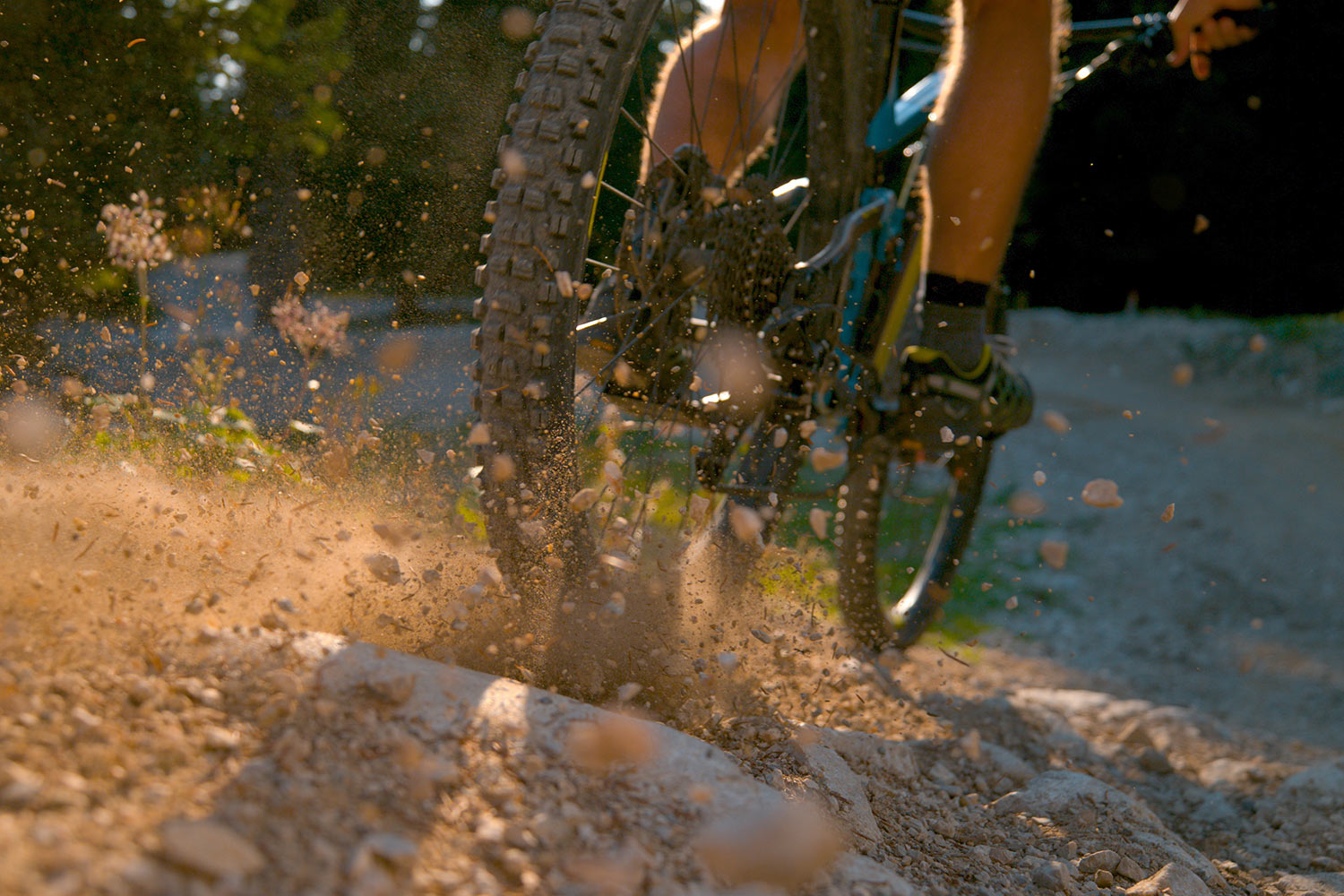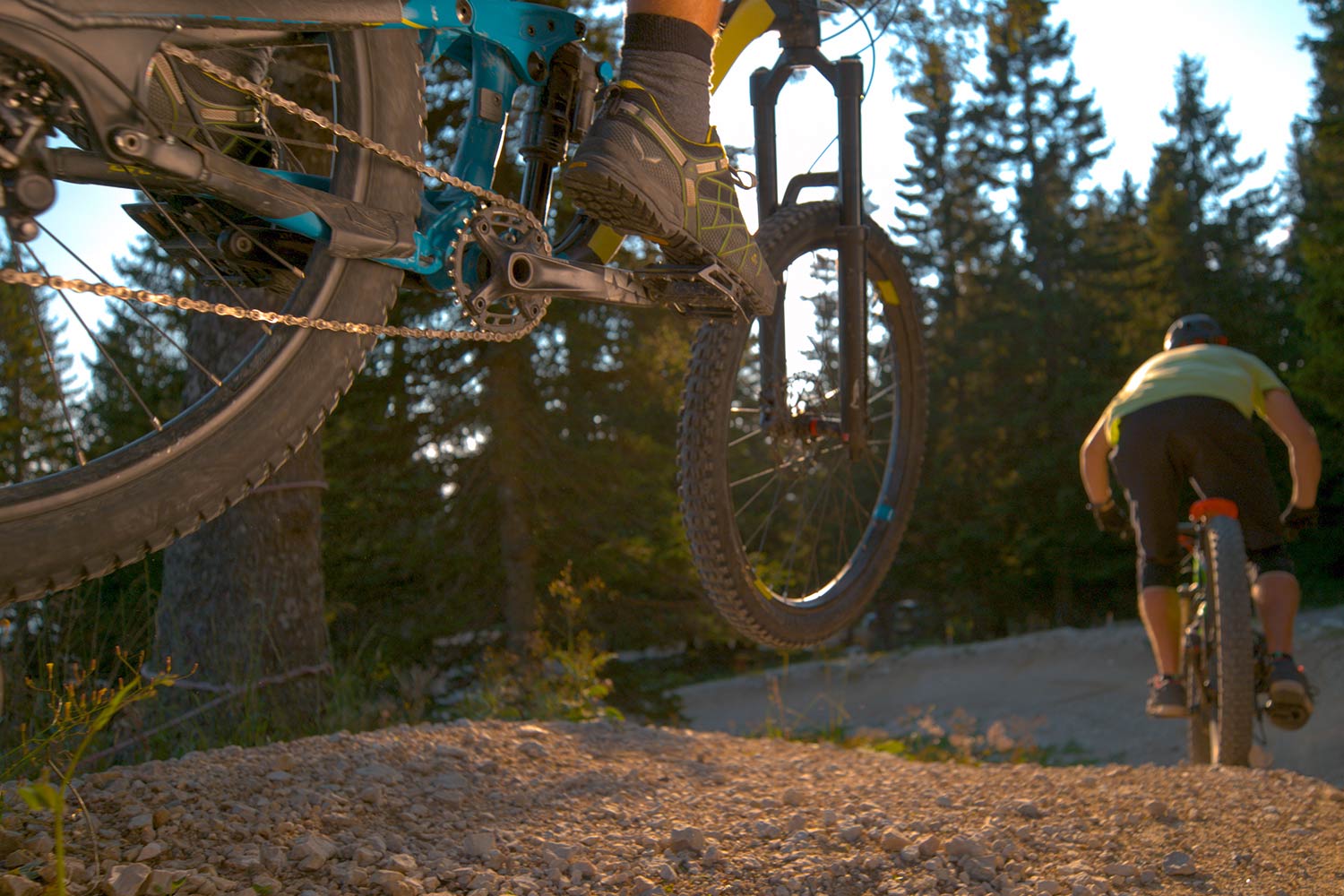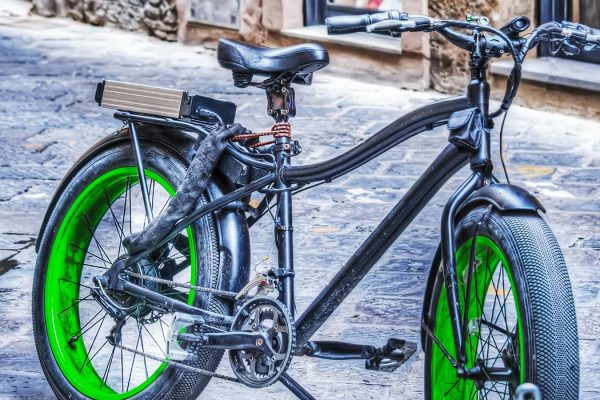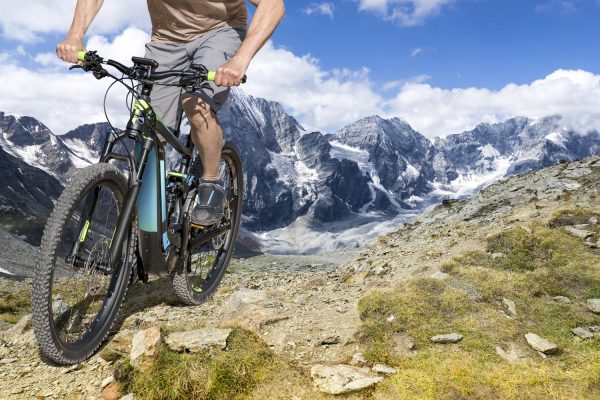Gravel bikes: all the essential things you should know
Gravel bikes are halfway between mountain bikes, road bikes and cyclocross bikes, and are very popular in the last years, even in Italy.
Gravel bikes are designed to be used on gravel roads, which allow cyclists to hone their passion for exploration and adventure.
The gravel biking trend began in the United States, where very long unpaved roads exist, difficult to travel, therefore it is advisable to use bikes with a particular structure: the frame, the handlebars and the diameter of the wheels typical of road bikes, some components of mtb and construction material, similar to vintage bikes.
Many started out on modified road, cyclocross and mountain bikes, until the bike industry took note of the boom and began creating gravel-specific models, helping gravel to gain a foothold as a new global discipline. Gravels give a sense of freedom, of adventure that comes from the possibility of going anywhere.
Where to ride a gravel bike?
There are plenty of gravel paths to enjoy if you know where to look.
In Italy there are many opportunities, for example the white roads that are peculiar in Chianti area, in Toscana or in South Tyrol, where you can find many routes that can enhance the characteristics of a gravel bike.
Even in places with lots roads out, a gravel bike with a good set-up of tires could actually be a better vehicle than a road bike.
Do I need a gravel bike?
– Gravel bikes are versatile and can take on all kinds of terrain
– Gravel bikes are niche.
– They’re not as equipped for tarmac as a road bike, nor for the dirt as a mountain bike.
– On the other hand, the gravel bike is versatile, and it might be the only machine you ever need. A lot of people getting one nice frame, and two sets of wheels and tyres – a narrow, slick tyre for the road and some 38-42 mm for gravel.
– If you’re not a road racer then a gravel bike, with a narrower tyre width, can handle any sportive or road ride with your club, with added comfort.
– Likewise, if you’re not a dedicated mountain biker and just fancy adding some adventure to your rides, some thicker rubber will do the job off-road.
– The beauty is that you’ll be riding somewhere and think: “let’s just see what’s down there”, and it gives you the chance to do that.
Gravel Bike vs cyclocross bike
Despite sharing similarities with cross bikes, gravel bikes offer more comfort. Gravel bikes and cyclocross bikes do have a lot in common, but there are crucial differences as well.
Cyclocross is a sport, so the bikes are designed for racing. That means a lower, more aggressive riding position, sharper steering and higher gearing.
The geometry is less endurance-focused, the tyre clearances aren’t as generous, since the UCI (Union Cycliste Internationale, the world governing body of cycling) has a 33 mm maximum rule for competition, and you’re less likely to have mounts for mudguards and racks.
Since gravel bikes aren’t restricted to racing, a lot of these needs are met.
What are the differences between a hardtail mountain bike and a gravel bike?
Gravel enthusiasts will say that loose rocks, sand and roots are all part of the adventure.
It’s true that a mountain bike with front suspension is going to be more comfortable on unpaved roads, but hardtails (hardtail bikes have a cushioned front and a non-cushioned rear) aren’t as versatile as gravel bikes. If you’re taking on paved roads between unpaved stretches, the gravel bike will feel much more efficient.
With a 100 km gravel ride you’re going to get a mixture of gravel, tarmac and some sections where you get off and push, and I don’t think such distances are possible on a hardtail.
What equipment is necessary for a gravel bike?
We recommend tubeless tyres. In fact, tyre choice is even more important for gravel riding than road. Tyre widths can vary from 32 to 50 mm with varying degrees of tread.
Carry the necessary equipment: spare parts (including chain tools and links), luggage racks, saddle bag, GPS navigator.
Having a route planned on a GPS device is invaluable. There are very useful specific apps because they make suggestions based on its users experience, meaning you can build a ride around the best gravel sections, climbs and coffee stops.
You can even combine the GPS with the ever-useful paper map when it comes to long trips in the wilderness.
